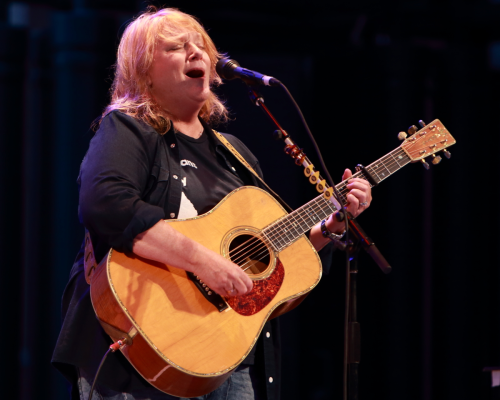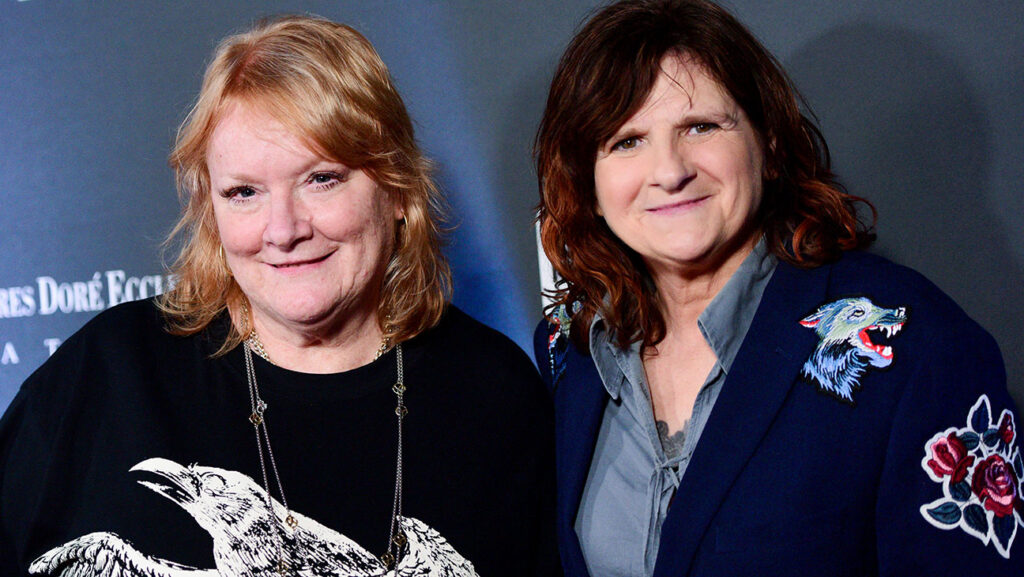What happened to Emily Saliers Voice?
So, you’re curious about what happened to Emily Saliers voice, huh? Well, let’s dive right in and explore the factors that may have contributed to the changes in her vocal prowess.
From early influences and natural changes to vocal techniques and training, there are various elements at play here. Of course, lifestyle factors and the inevitable effects of ageing can also have an impact.
Moreover, health issues and vocal challenges can’t be overlooked when discussing the evolution of Emily Saliers’ voice. As we delve deeper into this topic, we’ll uncover how these factors have shaped her musical style over the years.
So, get ready to discover the story behind Emily Saliers’ intriguing vocal journey.
Early Influences and Natural Changes

As you explore what happened to Emily Saliers’ voice, you’ll discover that her early influences and natural changes played a significant role in shaping her vocal abilities.
From a young age, Emily was exposed to a diverse range of musical genres, such as folk, rock, and blues. These early influences helped her develop a unique and versatile singing style.
As she grew older, Emily’s voice naturally evolved, gaining depth and richness. Her vocal cords strengthened, allowing her to hit higher notes with ease and add more emotion to her performances.
Additionally, physical changes, such as hormonal shifts during puberty, impacted her voice, causing it to become fuller and more mature.
Vocal Techniques and Training
Throughout your career, you have honed your vocal techniques and received extensive training to further enhance your already impressive singing abilities. You have explored various vocal exercises and warm-up routines to strengthen your vocal cords and expand your vocal range.
In addition, you have worked with vocal coaches who’ve provided invaluable guidance on proper breathing techniques, posture, and vocal projection. Through your training, you have learned to control your vocal dynamics, effortlessly transitioning between soft, delicate tones and powerful, resonant notes.
You have also become proficient in using vibrato and other vocal embellishments to add depth and emotion to your performances. By continuously refining your vocal techniques and investing in your training, you have maintained the exceptional quality and versatility of your voice throughout the years.
Lifestyle Factors and Aging

During your career, you have maintained the exceptional quality and versatility of your voice by diligently honing your vocal techniques and receiving extensive training.
However, as you age, there are certain lifestyle factors that can impact your voice. One significant factor is smoking. Smoking can cause damage to your vocal cords, leading to a hoarse voice and diminished vocal range.
Additionally, excessive alcohol consumption can also have negative effects on your voice. Alcohol dehydrates the body and can lead to vocal fatigue and strain.
Poor diet and lack of exercise can also contribute to vocal problems. It’s important to maintain a healthy lifestyle, including a balanced diet, regular exercise, and staying hydrated, to ensure the longevity and vitality of your voice as you age.
Health Issues and Vocal Challenges
Maintaining good vocal health is crucial in overcoming health issues and vocal challenges.
When it comes to your voice, certain health conditions can affect its quality and functionality. For instance, respiratory infections like colds or allergies can cause inflammation and irritation in the throat, leading to hoarseness or difficulty in producing clear sounds.
Acid reflux, a condition where stomach acid flows back into the throat, can also damage vocal cords and result in a raspy or strained voice. Additionally, vocal nodules, polyps, or cysts can develop on the vocal cords, causing vocal limitations and alterations.
To address these challenges, it’s essential to seek medical attention, follow prescribed treatments, rest your voice when necessary, stay hydrated, and practice good vocal hygiene to prevent further damage and promote healing.
See Also: What Happened to Pablo Escobar Wife?
Evolution of Emily Saliers’ Musical Style

As you explore Emily Saliers’ musical journey, you’ll notice how her evolving vocal style complemented her growth as an artist.
From her early days as one-half of the folk duo Indigo Girls to her solo endeavours, Saliers has expanded her musical horizons while staying true to her roots.
Her voice, once known for its pure and ethereal quality, has developed a rich and soulful tone over the years. This evolution can be heard in her solo albums, where she explores a wider range of genres, incorporating elements of blues, rock, and even country into her music.
Saliers’ musical style has become more dynamic and expressive, allowing her to fully convey the emotions and stories behind her songs.
Through her evolving vocal style, Saliers continues to captivate audiences and showcase her growth as a versatile and accomplished artist.
Frequently Asked Questions
How Did Emily Saliers’ Early Influences and Natural Changes Shape Her Unique Vocal Style?
Your question asks how Emily Saliers’ early influences and natural changes shaped her unique vocal style.
Her voice was moulded by a combination of musical inspirations and personal growth.
This resulted in her distinctive singing ability.
What Vocal Techniques and Training Did Emily Saliers Undergo to Develop Her Singing Abilities?
To develop your singing abilities, Emily Saliers underwent vocal techniques and training.
Her dedication and hard work shaped her unique vocal style, allowing her to express herself through her powerful and emotive voice.
Were There Any Lifestyle Factors or Aging-Related Changes That Affected Emily Saliers’ Voice Over Time?
Over time, lifestyle factors and natural aging can impact your voice. It’s possible that Emily Saliers’ voice may have changed due to these factors.
Did Emily Saliers Face Any Specific Health Issues or Vocal Challenges Throughout Her Career?
Throughout her career, Emily Saliers faced various health issues and vocal challenges. These obstacles affected her voice, but she persevered and continued to share her musical talent with the world.
Despite the challenges she encountered, Saliers remained determined to pursue her passion for music. She sought medical treatment and vocal therapy to improve her voice and overcome the limitations caused by her health issues.
Saliers’ resilience and dedication paid off, as she was able to regain her vocal strength and continue performing. She adapted her singing style to accommodate any remaining challenges, showcasing her versatility and adaptability as an artist.
Her perseverance in the face of adversity serves as an inspiration to others who may be facing similar obstacles. Saliers’ story reminds us of the power of determination and passion in pursuing our dreams, regardless of the challenges we may encounter along the way.
How Did Emily Saliers’ Musical Style Evolve Over the Years and What Were the Key Factors That Influenced This Evolution?
Over the years, Emily Saliers’ musical style evolved through various influences and experiences.
Key factors, such as collaborations, personal growth, and changing musical trends, shaped her journey and contributed to her artistic development.
Conclusion
So, in conclusion, Emily Saliers’ voice has experienced natural changes over the years, influenced by her early inspirations and vocal techniques.
Lifestyle factors and aging may also play a role in these changes. Additionally, health issues and vocal challenges can impact a singer’s voice.
Despite these challenges, Emily Saliers has evolved her musical style and continues to captivate audiences with her unique and powerful voice.

Welcome to our blog! My name is Yuvraj Kore, and I am a blogger who has been exploring the world of blogging since 2017. It all started back in 2014 when I attended a digital marketing program at college and learned about the intriguing world of blogging.






